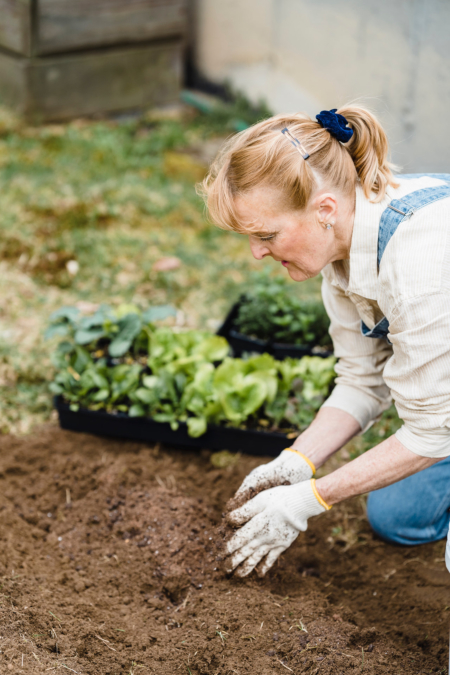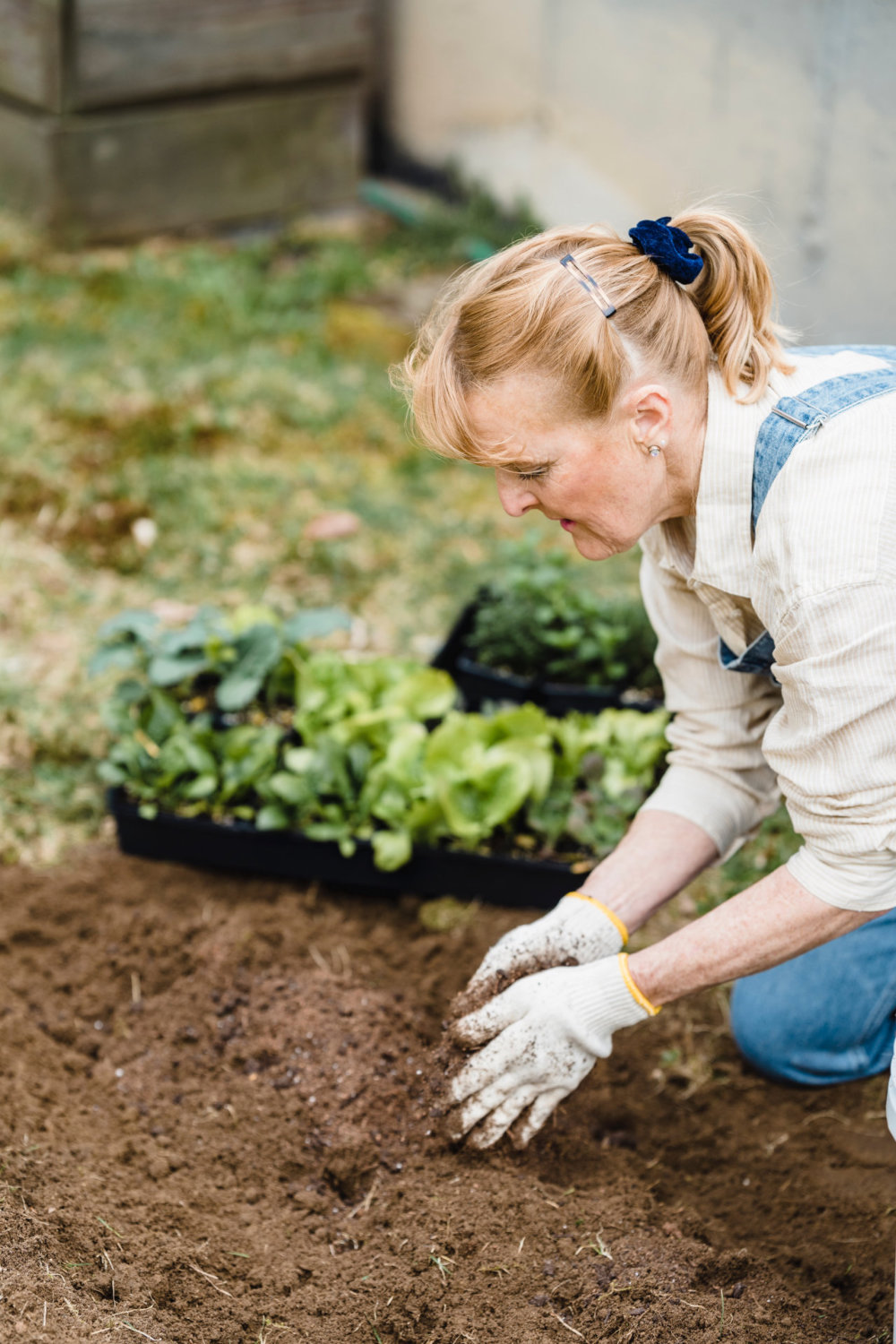
I’ve been watching some beekeepers from Tennessee and North Georgia on YouTube, and they say their spring is coming a month early. Bees are building up their colonies so early, the beekeepers are expecting swarms and will have to make splits a month earlier than normal.
I’m not convinced we are that far ahead of our normal spring, but we have been experiencing rainy, warm weather and the daffodils are blooming early.
Part of me is glad it isn’t colder because with that much moisture, we’d have had several heavy snows by now if it were below freezing. Another part of me wishes I had another few weeks of cold temperatures in which to build additional bee equipment. I’m behind because I expected another month or two of winter. At least I feel confident it will be warm enough for our chicks when they arrive in mid-April, which is six weeks earlier than our last batch of chicks.
As long as they have sufficient food in their hive, the bees can handle some cold weather. The big question I face is when to start plants for the garden.
Stating the Garden
Our official last frost date in mid-May, and locals don’t recommend you put out tomatoes or anything else that’s not cold hardy before June 1. If we need to give your plants a six-week indoor start, then the math is pretty easy: plant indoor starts on April 15. But if we have an early spring, should I plant them a month early? Or compromise with two weeks early?

I am a fan of the Jiffy-7 Peat Pellet, which you can buy at Walmart and other big box stores. (I have more than 350 in my prepper stash.) These are any easy way to make self-contained starts and when you are ready to plant outdoors, you just dig a small hole with your trowel and drop them in. The only downside is that you may outgrow them if you need to keep the plant indoors for a few extra weeks due to bad weather. So when to plant is a key question for us and many other gardeners
I think we will have more cold weather. I expect we will get more snow. March snows are common on our mountain and April snows are not unheard of. In the past, we’ve had to keep using our wood stove until May.
Right now, my thinking is that I will plant cabbage and other tough plants a little early but play it safe for the warm weather ones.
Start Planning a Garden
If you have never planted a garden, this is a good year to start. Given the global situation, you should be prepared for the worst, and gardening is one way in which you can offset any supply chain disruptions. If the sh*t does hit the fan, you’ll need every calorie you can grow. If it doesn’t hit the fan, then you will gain valuable experience and be a better prepper as a result. Remember, prepping is about self-sufficiency, and gardening is a good way to become more self-sufficient. You can also treat yourself and your family to healthier, tastier foods with more nutrients than commercially grown vegetables offer.
I’ve heard it said that gardening is easy, but gardening successfully is tough. Experience helps, but even experienced gardeners can suffer setbacks. In addition to losing crops to weather, you can lose them to insects, disease, or even animals.
If you see some white mildew powder or signs of an insect eating the stems or leaves of a plant in your garden this year, then you can run out and buy something to treat it. If you have a problem like that after the end of the world as we know it, you’ll be paging through old gardening books looking for what our ancestors used in the 1800s. Chances are, it won’t be as effective. Assuming you have a gardening book, that is.
This may be the topic of a future post, but you should have a prepper bookshelf. In addition to cool bush crafting techniques and military manuals on escape and evasion, mine includes books on more mundane topics such as gardening and homesteading. I also have a slew of PDFs I downloaded for free, but I don’t count on those being available after the SHTF.
Container Gardening
If you don’t have any outdoor space suitable for a garden consider a container garden. If you look online or search YouTube, you will find plenty of information on how to start a container garden in a 5-gallon bucket or other plant pot. I recommend something like tomatoes, where you can see your progress. Potatoes, for example, grow underground and are not as exciting to or educational to watch.
Another advantage of growing tomatoes is you can pick and eat one or two at a time while the plant continues to produce more. If you have a limited amount of space, grow what is called a determinate tomato plant and it will stay fairly compact. It will also give you a single, large harvest. If you have enough room to allow a tomato plant to run wild and grow up a trellis or fence, grow an indeterminate tomato breed. They will produce all summer long, right up until the first frost. That’s what we prefer in our garden.
If don’t have room for a container garden, then you are limited to growing sprouts in your kitchen or micro greens in a sunny window. Unless you have a spare room which you can set aside for hydroponics. That is a controlled method of gardening, but it takes time and still requires a green thumb.
Knowing how to start your own seeds is important, but if you are starting small, you can buy a few starts (plants someone else started that are ready to transplant into your garden or container). My recommendation is to avoid the big box stores and find a local organization that has a plant sale. Ask your county extension office or a local garden store. Alternatively, find a local greenhouse that raises their own and buy from them.
Storage Food vs Garden Food
I will be the first to tell you that we don’t produce much of our own food, despite having chickens, honey bees and a garden. (Post SHTF, I expect we’ll be eating far more honey than we do today because we will need the calories.) Neither do we have an unlimited supply of storage food. For us to survive more than a couple of years is going to require some strict rationing, good luck, and hard work. I predict we will be like bears, stuffing ourselves all summer when the fruit is ripe so we can pack on some pounds for the long winter.
To survive, we will need both our storage good and as much as we can grow and gather. We’ll have to expand our garden and roam further afield, looking for wild food sources, both plant and animal.
If you think you can feed yourself with your garden, you must be a very experienced gardener with a large garden and ample stores of seeds, garden chemicals, and fuel for your machinery. I also expect your diet will be narrow with lots of potatoes or corn. We don’t have room for a row garden, unless we work with a neighbor.
Video of the Day
I found this video surprising. They not only give examples of how much of their own food they produce over the years, but they conducted a survey and give you the averages for other homesteaders. The result will disabuse you of the notion that you can grow all your own food in a year or two.
The moral of the video? Growing all your own food is difficult and you have to work up to it. If you can’t start homesteading immediately, then start your garden today, wherever you live. Any experience you gain with gardening and raising small livestock will be beneficial down the road.







